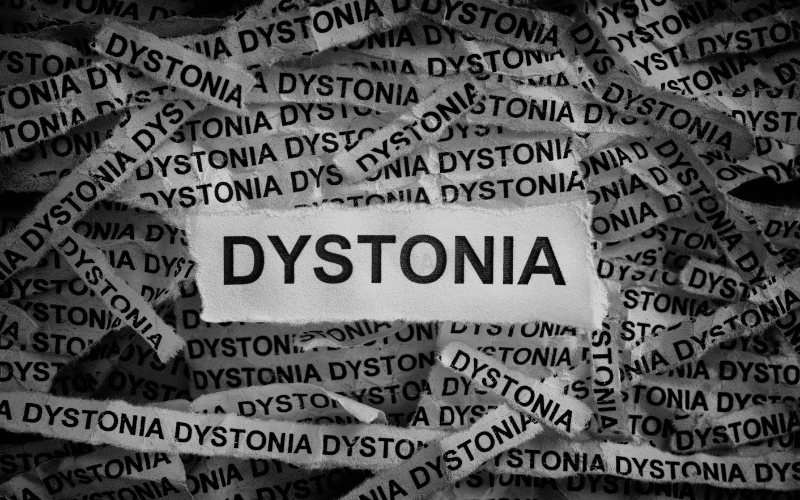4. Dystonia: The Stiffened Posture of HD

Shifting our focus from the sporadic dance-like movements of chorea, we come across a rather contrasting symptom of HD, known as dystonia. This symptom embodies a sense of rigidity, a stark contrast to the fluidity associated with chorea. Dystonia is characterized by sustained muscle contractions, causing twisting and repetitive movements or abnormal postures.
Imagine the simple act of reaching out for a glass of water turning into an arduous task, your hand locked in an unnatural posture, your fingers refusing to cooperate. Such is the reality for many living with HD. Dystonia can manifest in varied forms, affecting different muscles and varying in severity. It may begin subtly, with occasional cramping or stiffness, only to progress into more pervasive and debilitating conditions.
The crippling effects of dystonia aren’t limited to mobility. Tasks that were once second nature become strenuous undertakings. Writing a letter, brushing one’s teeth, or even maintaining a steady posture can transform into Herculean tasks, further contributing to the frustration and psychological distress associated with HD.
And yet, dystonia isn’t just about physical impediments; it’s a symptom that adds an extra layer of complexity to the already intricate picture of HD. It’s not simply about muscle stiffness but a condition that infringes on a person’s independence, reshaping their life in ways they never anticipated. (4)